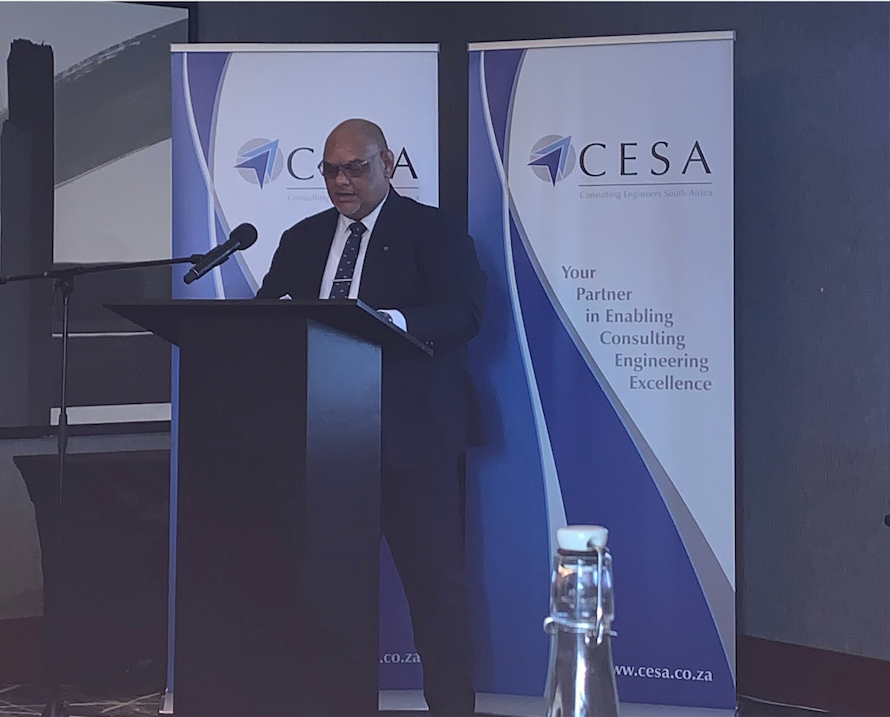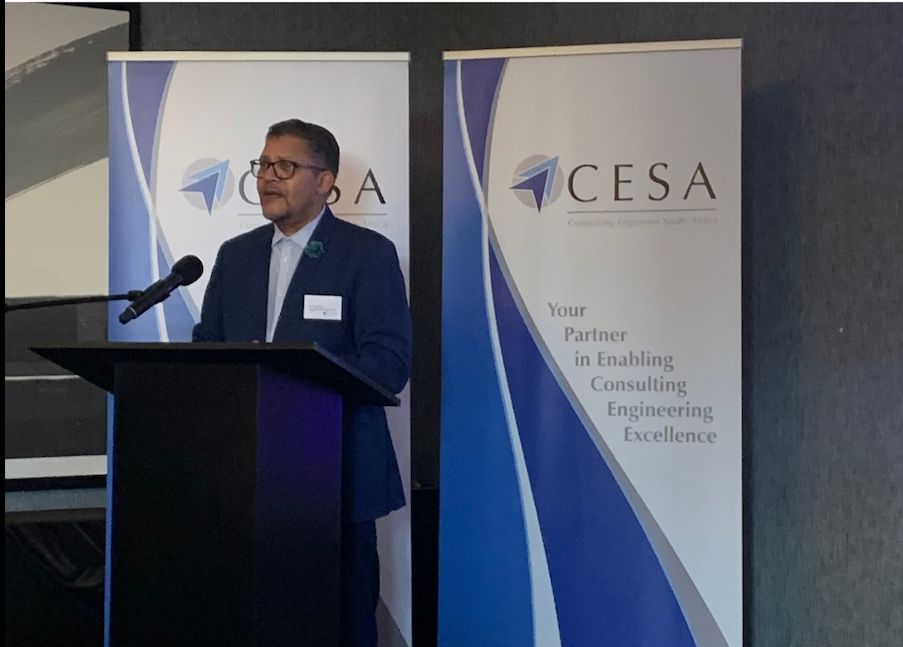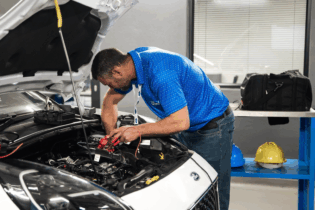The Consulting Engineers of South Africa (CESA) head into 2025 with a game plan, the organisation aims to build on the momentum of 2024 with a strategy to leverage the investment and focus on infrastructure promised in the State of the Nation Address.
David Leukes, president of CESA, says that “the context of South Africa is a reality we must interface with. We must build on the realities on the ground, and our plans must reflect this reality rather than an abstract one.” The current reality is that South Africa’s economy is projected to grow by 1.8% in 2025 and mentioned in the SONA infrastructure is the driving mechanism of this growth. David says that infrastructure represents a real opportunity to improve service delivery, create jobs, and alleviate poverty. The National Treasury estimates that South Africa needs R2 trillion worth of investment by 2030 to realise its development goals, in his SONA President Cyril Ramaphosa has allocated R940 billion for infrastructure over three years. David explains that this “represents schools, hospitals, and essential infrastructure for communities who need it.” There is a global projection of $9 trillion for Infrastructure development in 2025, with Africa expected to grow by 3.7%. “This shows that we are aligned in this global shift, and this represents a real opportunity, and as consulting engineers CESA members are in a unique position to participate in this investment and development.”More than just plans
“We are engineers, we are interested in building buildings, not plans, not projections, but the realisation of these plans” says Christopher Campbell, CEO of CESA. David echoes this sentiment by adding, “We are too used to working in silos, we need to foster collaboration in order to realise the potential of infrastructure in South Africa. This means looking at the entire life-cycle, and maintenance, not just ideation and delivery.” CESA highlights cross-sector collaboration as a pivotal resource for realising the future of South Africa. “Our infrastructure issues often sit within a nexus, water affects energy which affects water which affects the built environment and so on,” says Christopher, “and only through connecting these sectors can we build better, more reliable infrastructure that benefits all.”Highlighting the key areas that the sector needs to focus on, David suggests that transparency and consistency are key areas that require a collaborative approach. “We need to restore public trust, and this can only be done by being transparent and consistent in that transparency and holding those who do wrong accountable. The path to sustainable development must be paved with integrity.” On this topic, CESA urges strengthened procurement processes and ethical leadership.
“South Africa has a history of projects that are either neglected or not fit for purpose. We need to change this, and this can only be done through a holistic approach to infrastructure. We need to ask hard questions: What do we actually need, does this project actually meet this need, can it be maintained, and if it becomes obsolete can the materials be recovered or repurposed? South Africa’s green ambitions must take the entire lifecycle of projects into account, and maintenance cannot be forgotten.”
South Africa is investing R940 million into infrastructure over 3 years and needs R2 trillion to realise its development goals by 2030.
Development through skills
South Africa sits with 32% unemployment, yet a dire need for skilled workers. David and CESA highlight the need for skilled artisans who the industry can rely on, and growing skills in the STEM fields who can contribute to the economic growth of South Africa. Here David highlights CESA’s commitment to upskilling through the CESA School of Consulting Engineering’s Business of Consulting Engineering Management Development Programme. This programme aims to give engineers the tools for successfully managing the business world, taking their technical expertise and adding business skills to produce well-rounded and ready for real-world engineers. The South African government’s National Development Plan aims to produce 30,000 qualified artisans annually by 2030. This ambitious plan is a necessity for the functioning of the infrastructure that the public and private sectors are investing in now. As South Africa opens up its public sector, there is a need for successful public-private partnerships that drive growth and benefit both sectors. Davis elaborates, “The public and private sectors can learn from each other, and the future of South Africa hinges on the partnership between these sectors,” explains David. Skills that are absent in the public sector can be found in the private and vice versa.The role of CESA in the future of South Africa
David and Christopher conclude by explaining how CESA’s unique position can help steer the country’s infrastructure goals:- CESA has access to expert contract negotiation support
- A large network of 580 consulting engineering firms
- Professional development resources
- The platform for collaboration
- Advocacy for ethical and sustainable infrastructure development











